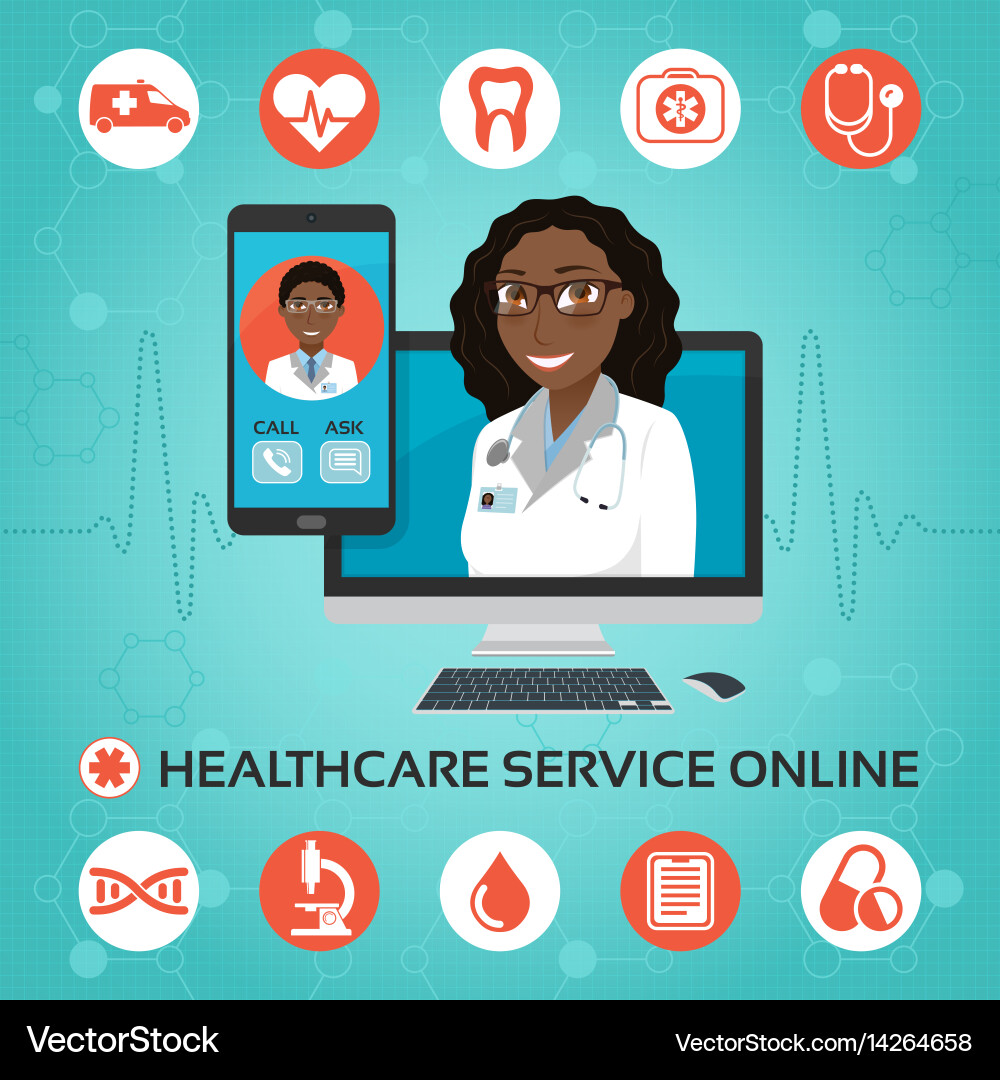The Increase of Subscription-Based Health Care and Its Effect On Patient Treatment
As medical care progresses, the subscription-based design is gaining grip, guaranteeing to transform client treatment by offering predictability and accessibility. The capacity for these designs to reshape healthcare distribution raises pushing concerns about their lasting sustainability and inclusivity. Are these subscription solutions the future of health care, or do they risk leaving prone populations behind?
Recognizing Membership Health Care Models
Comprehending the concept of membership healthcare designs involves taking a look at a transformative approach to medical solutions that emphasizes cost and accessibility. These designs, frequently described as direct health care (DPC) or concierge medicine, have actually become ingenious options to conventional fee-for-service health care systems. Registration health care enables people to pay a fixed regular monthly or yearly cost for a specified set of medical solutions, which may include unrestricted workplace gos to, regular exams, and basic lab tests, without the requirement for typical insurance invoicing.
The structure of registration medical care models is designed to improve individual treatment by removing third-party payers and intricate payment codes, thereby decreasing administrative concerns. Health care carriers can concentrate extra on patient care, fostering stronger patient-provider relationships. This model also advertises preventative treatment by urging normal sees, as the monetary barrier of per-visit costs is gotten rid of.
The registration version commonly equips doctor to take care of smaller sized person panels, enabling even more customized care. It aligns monetary rewards with client health outcomes, as providers are encouraged to keep person contentment and health. Generally, comprehending subscription medical care designs requires identifying their prospective to reshape just how care is supplied and accessed.
Advantages for Clients and Providers

For suppliers, subscription-based versions supply the possibility to grow patient-provider connections. With a consistent profits stream, medical care specialists can commit even more time to every individual, causing a much more tailored and thorough treatment experience. This version additionally minimizes dependence over client volumes, reducing burnout and enhancing job satisfaction. Moreover, the focus on precautionary care within subscription strategies can bring about far better client end results and minimized long-lasting healthcare prices. By concentrating on constant care, providers can resolve problems prior to they intensify, ultimately profiting the healthcare system in its entirety by minimizing the burden on emergency situation and acute treatment services.
Issues and obstacles
While subscription-based medical care versions existing various benefits, they also come with a set of obstacles and problems that have to be resolved. This increases honest inquiries concerning equitable access to healthcare solutions.
Financial sustainability of subscription-based versions is one more issue. Companies should balance the set earnings from memberships with the variable costs of medical care solutions, which may rise and fall as a result of unanticipated medical demands. This can create stress to limit solutions or boost fees, possibly affecting patient contentment and care high quality.
Additionally, governing oversight of subscription-based health care models is still advancing. The absence of standard frameworks can lead to irregular solution high quality and liability, complicating efforts to ensure person security. The integration of innovation-- often a foundation of these versions-- raises concerns concerning information privacy and safety, as delicate patient info might be at risk to breaches. Dealing with these check these guys out difficulties is critical for the successful and equitable execution of subscription-based healthcare.
Effect On Patient-Doctor Relationships
One substantial influence of subscription-based healthcare versions on patient-doctor partnerships is the possibility for enhanced continuity and personalized care. By adopting a subscription model, physicians can manage a smaller individual panel, enabling more dedicated time with each individual. This increased schedule cultivates a much deeper understanding of an individual's case history, lifestyle, and preferences, making it possible for extra customized therapy plans and treatments.

Nonetheless, it is necessary to acknowledge that while subscription-based designs might benefit those that can manage them, they can inadvertently widen medical care variations. Clients who are not able to join these versions could experience decreased access to individualized care, potentially influencing their connections with doctor. Hence, while the registration design offers appealing advantages for patient-doctor connections, it additionally presents obstacles that need to be resolved to guarantee fair healthcare accessibility.
Future of Healthcare Gain Access To
The role of technology can not be neglected in this change. Telemedicine platforms and electronic health and wellness documents promote seamless interaction in between individuals and doctor, breaking down geographical and logistical obstacles. In addition, innovations in expert system and information analytics can additionally customize healthcare by predicting patient demands and maximizing therapy plans.
However, the future of healthcare accessibility likewise provides challenges, such as ensuring equity throughout home different socio-economic groups. Policymakers and healthcare service providers must team up to link the digital divide, ensuring that subscription-based versions stay economical and inclusive. As these systems grow, they hold the guarantee of making healthcare a lot more available, efficient, and patient-centric.
Conclusion
Subscription-based medical care versions are reshaping person care by supplying a secure cost structure and boosting accessibility. These designs reinforce patient-provider relationships with customized treatment and normal check outs, stressing preventative wellness. In spite of these benefits, challenges such as access issues for low-income populations and the demand for equitable medical care remedies linger. The surge of subscription-based medical care motivates aggressive patient engagement, which why not look here has the prospective to enhance individual end results and satisfaction, indicating a transformative shift in health care shipment.
As health care develops, the subscription-based model is gaining grip, assuring to change patient treatment by providing predictability and access.Subscription-based healthcare designs supply distinct advantages for both carriers and individuals, improving the overall medical care experience.As health care systems develop, the future of healthcare accessibility often hinges on the assimilation of ingenious models and modern technologies.Subscription-based health care models are improving client care by providing a secure expense framework and improving accessibility. The increase of subscription-based healthcare urges proactive person interaction, which has the possible to improve person outcomes and contentment, indicating a transformative change in healthcare distribution.